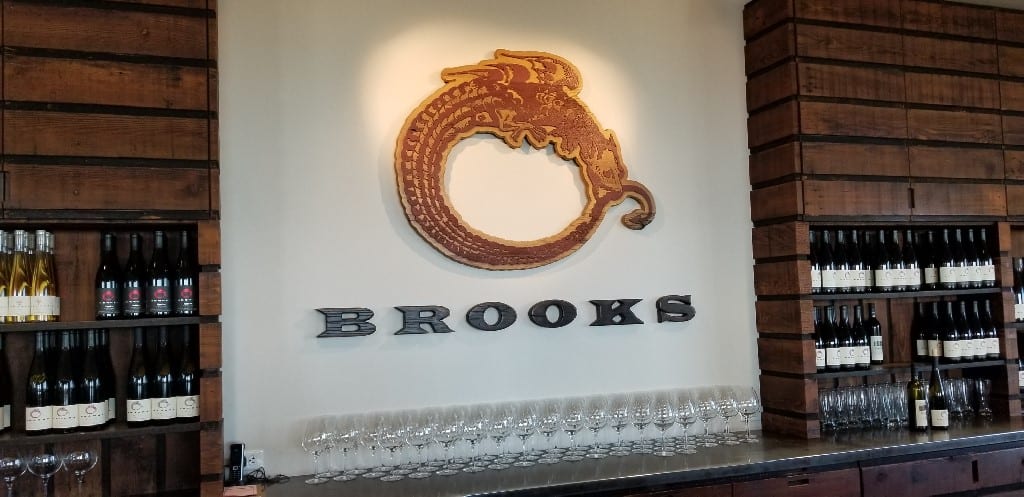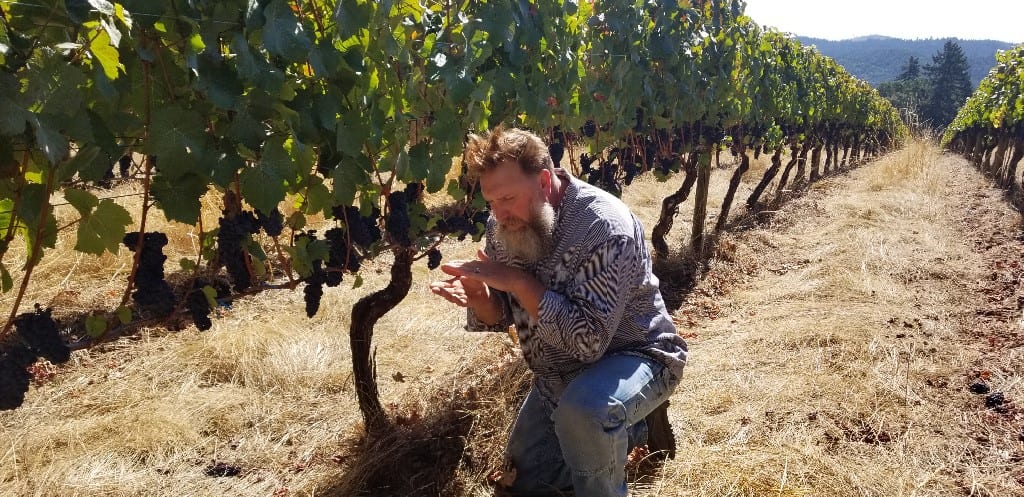Brooks Winery: Sustained by Friendship for 20 Years
Brooks Winery in the Willamette Valley, Oregon, is celebrating their 20th anniversary. I knew about the winery and had tasted their Pinot Noirs at World of Pinot Noir in the past. But I was able to visit Brooks on a recent visit to the Willamette Valley. On this visit, I was introduced to their delicious Rieslings and learned the story of how friendship kept the winery going. I shared the story in my column in the Napa Valley Register which you can read here.  In 1998, Jimi Brooks started Brooks Winery, focusing on Oregon’s potential for expressive, complex and balanced Riesling and Pinot Noir.
In 1998, Jimi Brooks started Brooks Winery, focusing on Oregon’s potential for expressive, complex and balanced Riesling and Pinot Noir.
 In 1998, Jimi Brooks started Brooks Winery, focusing on Oregon’s potential for expressive, complex and balanced Riesling and Pinot Noir.
In 1998, Jimi Brooks started Brooks Winery, focusing on Oregon’s potential for expressive, complex and balanced Riesling and Pinot Noir.
In 2004, at the age of 38, Brooks unexpectedly passed away two weeks before harvest. A group of his friends donated their skills and time to make the 2004 wines in Jimi’s style. Twenty years later, Brooks Winery continues to produce delicious wines under his name under the guidance of Jimi’s sister, Janie Brooks, and his friend and winemaker Chris Williams.
18 December, 2018






